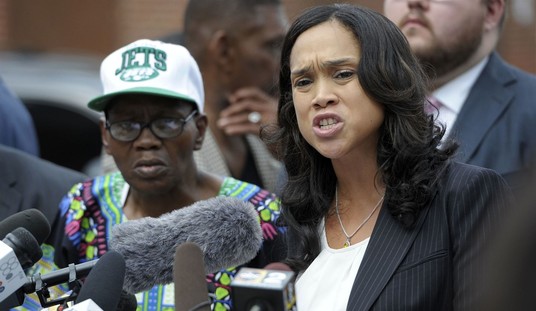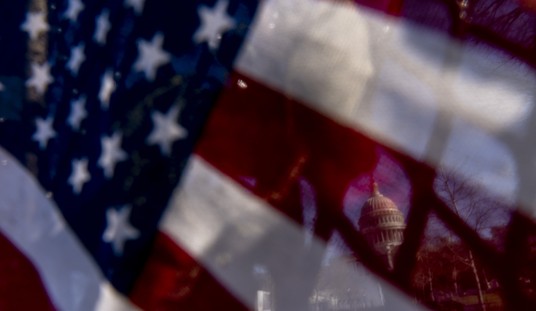We’ve been wrestling with this question on this very site for a few weeks now. NBC offers three theories in the clips below, none of them very persuasive.
One: Maybe the states with fewer cases are just doing less testing. Essentially they’d have you believe that the decline across the south is a mirage, that COVID is possibly just as bad there as it is in the northeast but that no one has any inkling of it because they aren’t testing enough people to find out. It’s true that southern states have done less testing by and large than northern ones have, but Louisiana ranks 15th out of 50 states in tests per capita and it’s seen its cases decline for months. Even in states with limited testing, the positivity rate should give us some clue as to whether cases are rising or falling. And in Texas, California, and Arizona, to take just three examples, the positivity rate is way, way off its winter peak.
The acid test is hospitalizations, though. If there’s a genuine surge of cases in the population, that should eventually translate into a surge in hospitalizations. It has in Michigan, the worst-hit state in the union. But in Texas, hospitalizations are still dropping nearly a month after the mask mandate and capacity limits on businesses were lifted. It’s not a mirage. Cases really are down there.
Two: Maybe there’s more natural immunity in states that have adopted fewer restrictions, making it more difficult for the virus to spread at this late stage of the pandemic relative to the ease with which it’s spreading in pro-lockdown states. The logic behind that theory is appealing: States that have stayed open have facilitated more socializing by their residents, and more socializing should mean that the virus has circulated more widely and infected a greater share of the population. I made the point yesterday that Michigan is in the bottom 10 among U.S. states in COVID cases per capita, suggesting that relatively few people there had been infected until recently. That meant there was less natural immunity, which in turn meant there was more kindling for a wave now. In Texas, where restrictions have been lighter, that might not be the case.
But there are wrinkles in that theory. Texas and California may have had more cases per capita than Michigan but they’ve had far fewer than New York and New Jersey, both of which have seen cases rise lately (although not the way Michigan has). If you’d rather compare deaths per capita as a metric of how many infections a particular state has seen, note that New Jersey, New York, and Massachusetts comprise the top three among U.S. states whereas Texas ranks 24th and California ranks 31st. Michigan ranks 21st — higher than either of the latter two states. Deaths aren’t a perfect apples-to-apples comparison between states since some (New York and New Jersey) had their deaths “frontloaded” at the start of the pandemic, when hospital treatments for COVID were primitive, while others saw more hospitalizations later, when doctors were better able to save people. But, notwithstanding their pro-lockdown positions, it’s hard to look at what the northeast has been through and come away thinking that there must be less natural immunity there than in the south.
Three: Maybe college kids from the north are going down south for spring break, getting infected there, and bringing the virus back home. Uh, okay — but college students in the south go on spring break too. Wouldn’t they be spreading the virus in their own hometowns after returning, seeding outbreaks down south as well? And wouldn’t business owners catering to spring-break clients be getting infected and then spreading the virus in their own local communities? I don’t know why there’d be a disparity between epidemics in lockdown versus anti-lockdown states because of young people doing more traveling.
I’m sticking with my half-assed pet theory to explain why the lockdown states are doing worse than the anti-lockdown ones: Weather. California has been a heavy-handed pro-lockdown state, after all, but their cases have been in freefall since late January. Yesterday they recorded just 2,402 cases statewide, placing them ninth out of 50 states despite having the largest population by far. And California’s worst period was over the winter, when it endured a ferocious outbreak despite still having many restrictions in place. I think warming weather driving more people outdoors is the easiest explanation for the geographic variance in cases right now. To the extent that easing restrictions encourages people to get outside more, they may be helpful in driving down cases, but weather probably plays a larger role.
Some states with stricter rules are now seeing surges in COVID-19 cases, while many others that rushed to reopen are experiencing sizable drops. The numbers have experts scratching their heads. @SamBrockNBC has the details. pic.twitter.com/2uTTgb3dxG
— TODAY (@TODAYshow) April 8, 2021







Join the conversation as a VIP Member